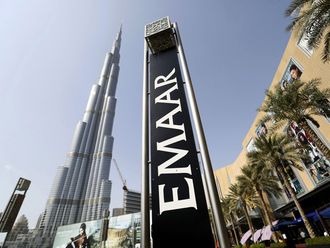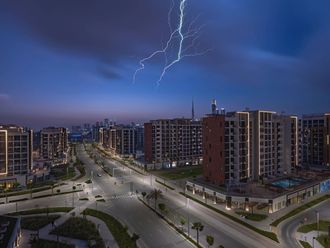For a while now, the maxim that a metro has a positive impact on real estate prices has universally been taken as granted. On a city-by-city basis, it is interesting to note that this does not hold up to be true.
While there was a positive impact in New York and London, in San Francisco proximity to the metro rail actually had a mildly negative impact on residential prices and no impact on commercial at all. It is also interesting to note that the impact occurred over a large time frame of 20 years or so.
In Dubai, to examine the effect of the metro, freehold towers in proximity to the JLT and the Marina station were examined over a period of seven years. The results indicate there was no discernible impact of the metro on prices at all (in more cases, the towers in proximity to the station actually underperformed the community price index, albeit by a small amount).
While transactional activity spiked in advance of the metro stations opening in these two areas, the increased activity abated in about six months following the opening. this was largely on account of speculative activity trying to capitalise on the anticipated rise in prices, only to exit as such price rises were not realised.
What’s going on here? Is the Dubai experience more likely to be the New York experience or the San Francisco one? To be sure, there are a number of citywide factors that play into the metro price effect and for that effect to be felt, a number of a priori conditions need to be in place.
This is likely the reason for developed cities witnessing the impact over a 20-year time frame, rather than a shorter time span. These include widespread access of the network, particularly in mid-income and high density areas, increased use of such public transportation, and easy pedestrian and/or integrated tram systems that facilitate transportation from the metro stations to the eventual point of destination.
In Dubai, the RTA has been proactive in unveiling all three initiatives. But for the true impact, the network envisaged must harness not only greater access to commercial and residential agglomerations, but also go through mid-income areas that will allow for increased usage.
In addition, in high density tourist as well as commercial areas, the tram and the trolley networks will be critical in completing the public transportation infrastructure. This will allow investors to exercise their preference to purchase real estate in proximity to these areas.
This has been the experience in densely populated cities such as New York and London. San Francisco stands out as an exception for multiple reasons. And while reasons vary, it is clear that some of them include a less comprehensive access to the city.
Buses and right of way trams serve as more effective mechanism than the metro for access in the densely populated area, but this in turn does not connect seamlessly with the rest of the city district.
The lessons stand out clearly for Dubai when comparing it to the experience of more developed cities. the fact that there has not yet been an observable impact on prices and rents in proximity to the metro station clearly implies that there is a significant upside potential that is left to be captured by the careful long term investor.
In cities such as Manhattan and London, there is as much as a 20 per cent upward price impact for such proximate real estate. Given the compressed time horizon since the metro was introduced In Dubai, it appears likely that such an impact will be felt in the next decade.
The second and more telling lesson that stands out is that in Dubai’s world of the latest glitzy project, long term investing trends are often missed.
While long term investing is certainly not fashionable in the world of flipping, it provides opportunities for stable high yielding cash flows, especially in communities that rely increasingly on such modes of transportation.
However, these trends are not for the speculative investor and this has been the reason why no discernible “metro effect” has been witnessed thus far. Whilst this may be discouraging to the speculators, it spells only a world of opportunity for the long term investor.
The writer is Managing Director at Global Capital Partners.












